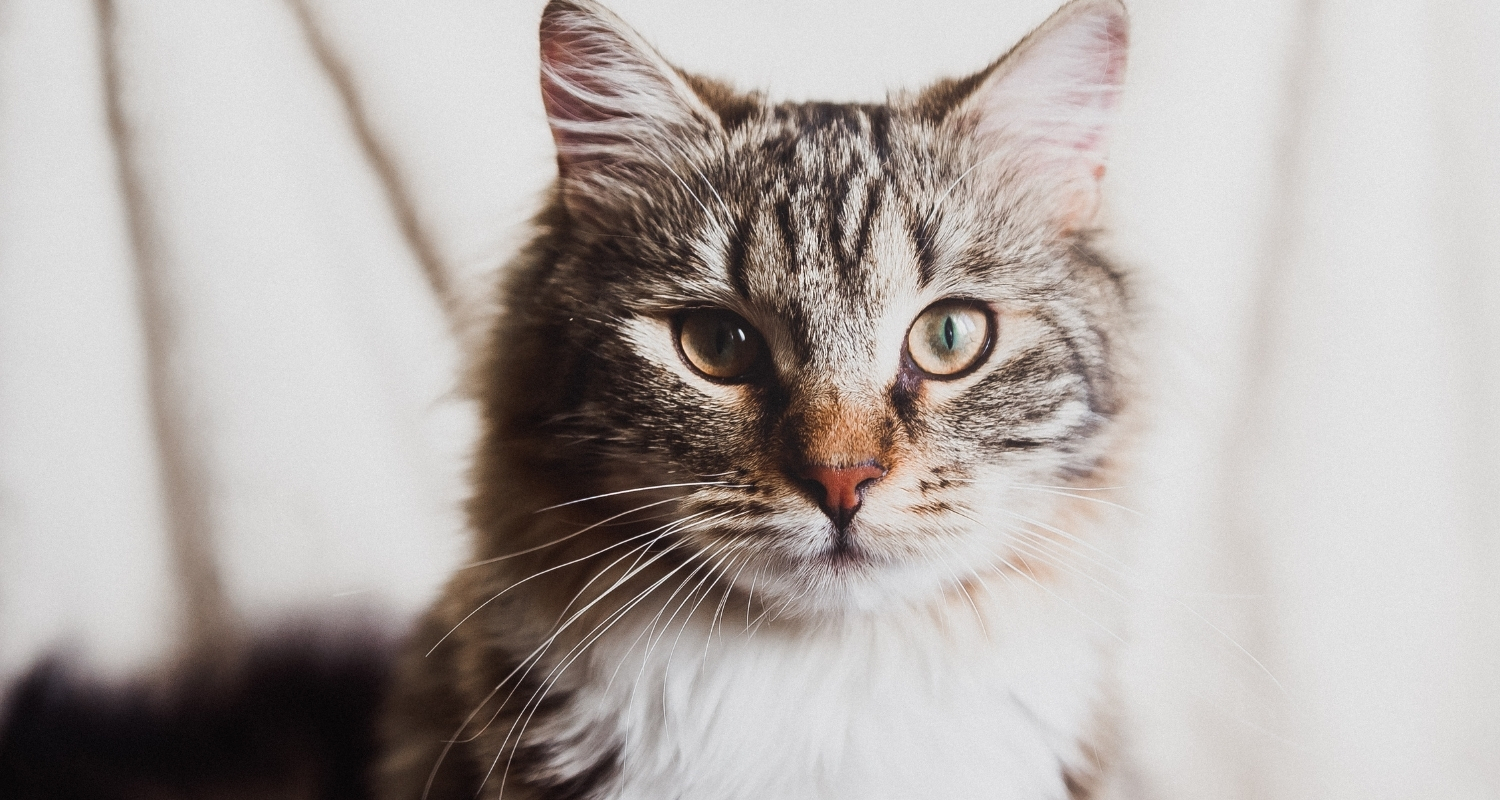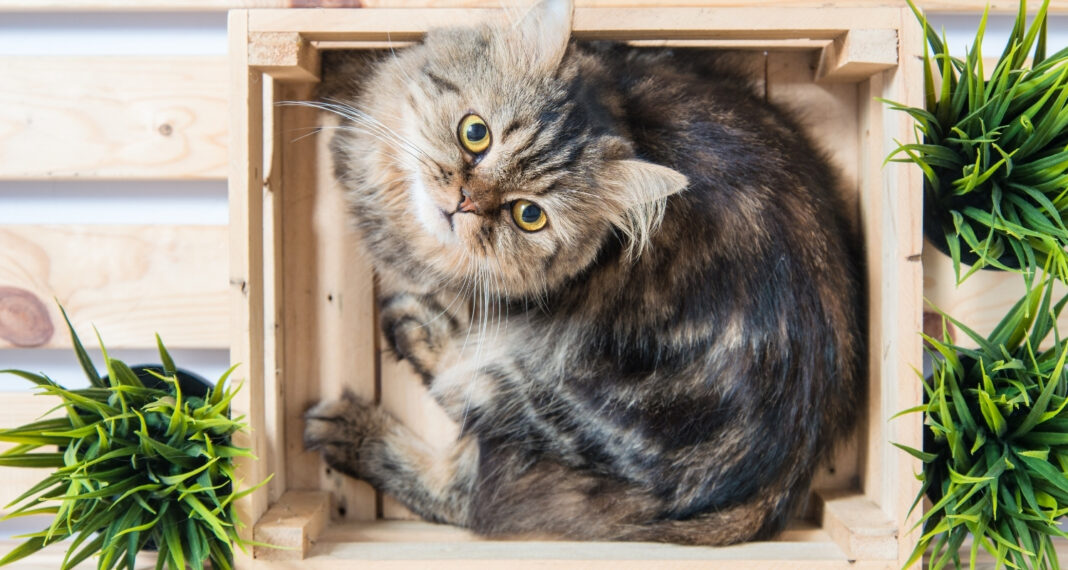Last Updated on February 28, 2023 by Woody Pet
How Can You Tell If Your Cat Has Diabetes – Watch for These Early Signs
An attentive cat owner should immediately recognize that something is not right with their pet. Any change in behaviour is a clue that something is wrong. Although it may be a small issue, there could be more to it. How can you tell if your cat has diabetes? There are several signs that can hint at this feline condition.

What Is Feline Diabetes? What Causes It?
Feline diabetes, or cat diabetes, is formally known as diabetes mellitus. This is the same name given to the human form of this condition. Diabetes happens when the body becomes insulin-resistant or stops making insulin.
The pancreas are what makes insulin. It regulates the flow of glucose, or blood sugar, to the rest of the body’s cells. That is where our bodies get energy from. When there is not enough insulin available, the glucose cannot travel to the cells. In response, the body will break down protein and fat cells.
The exact cause of feline diabetes is unknown. It has been linked to obesity, so cats with excessive weight are more likely to develop diabetes.
There are other conditions that are comorbid with feline diabetes, such as chronic pancreatitis, hyperthyroidism, and Cushing’s disease. There are also some medications with links to the disease.
How Can You Tell If Your Cat Has Diabetes? Signs and Symptoms
There are several changes that diabetic cat behavior undergoes. If you do not regularly change your cat’s water and litter, they may go unnoticed for some time. So how can you tell if your cat has diabetes?
A big clue that your cat is unhealthy is excessive urination. This refers to the frequency and volume of urine. Pay attention to see if your cat is making trips to the litter box more often, or if their litter is more soaked than normal.
It makes sense that along with excessive urination, there will be a significant increase in thirst. Your cat may be emptying his dish quite frequently as it drinks more water to compensate for the lost fluids.
Another sign of diabetic cat behavior is an increase in appetite as its body tries to absorb glucose from the blood. This can also result in noticeable weight loss. This, along with the signs above, are the early signs of diabetes in cats.
If the diabetes goes untreated, they will start displaying another set of symptoms that indicate they require intensive care.
Your cat might appear to have gotten lazy. They will start showing less interest in their usual activities. It will seem as though they are unable to jump on furniture anymore and your cat will be lethargic and dull.
You may also notice a change in how your cat walks. Diabetes leads to weakness and causes the cat to walk flat on their hind legs. If left untreated, it can result in permanent paralysis.
Also watch for a loss of appetite and vomiting. These are very late signs of diabetes and your cat needs to be seen by the vet immediately.

Cat Diabetes Treatment
There are two main aspects of cat diabetes treatment. The first involves managing their diet. The second one involves medication.
Ask your veterinarian for their recommendation on what diet you should feed your cat. They often recommend a carbohydrate-restricted diet. This type of food can help stabilize blood sugar levels. The cat’s diet should also allow them to get to a healthy weight. If your cat has lost weight, you may need to feed them more often. However, an obese cat requires a weight loss program.
Just like humans, cats can receive injectable insulin to manage their blood sugar levels. Oral medicines do not work successfully in cat diabetes treatment. Your veterinarian can teach you how to give your cat its insulin injection, and in time both you and the cat will adjust to this procedure.
Should I Euthanize My Cat With Diabetes
It is never easy to say goodbye to a pet, and almost harder when you have to make the decision yourself. Your choice to euthanize your pet can be a very personal one, although it should be made with the thought of quality of life for the pet.
Once diabetes is diagnosed and treatment has begun, your cat should resume fairly normal behavior.
You will need to administer insulin once or twice a day and regulate their diet. But beyond this, your cat can live many more years with proper care. Their quality of life remains essentially the same. Obviously, your cat should not be put down if they are happy.
What you need to evaluate is if their life has gotten significantly worse. Perhaps you caught the diabetes quite late and they are suffering from the side-effects of that.
It may also be reaching the natural end of their life. You wonder, “Should I euthanize my cat with diabetes?”
Ask yourself these questions. Can your pet still eat, drink, and go to the bathroom normally? Do they seem comfortable when sleeping, snuggling, or walking? Have they started hiding more or being less social? Are they still doing the things that make your cat YOUR cat? Once any of these areas of their life start to change, you need to decide if your cat is still living a content, peaceful life or if they are suffering. Then you will know what to do.
How Can You Tell If Your Cat Has Diabetes Conclusion
Feline diabetes is becoming a more common condition over time. How can you tell if your cat has diabetes? Pay attention to their regular behavior and you will see the changes. Proper veterinary care can help your cat live a long, healthy life.


